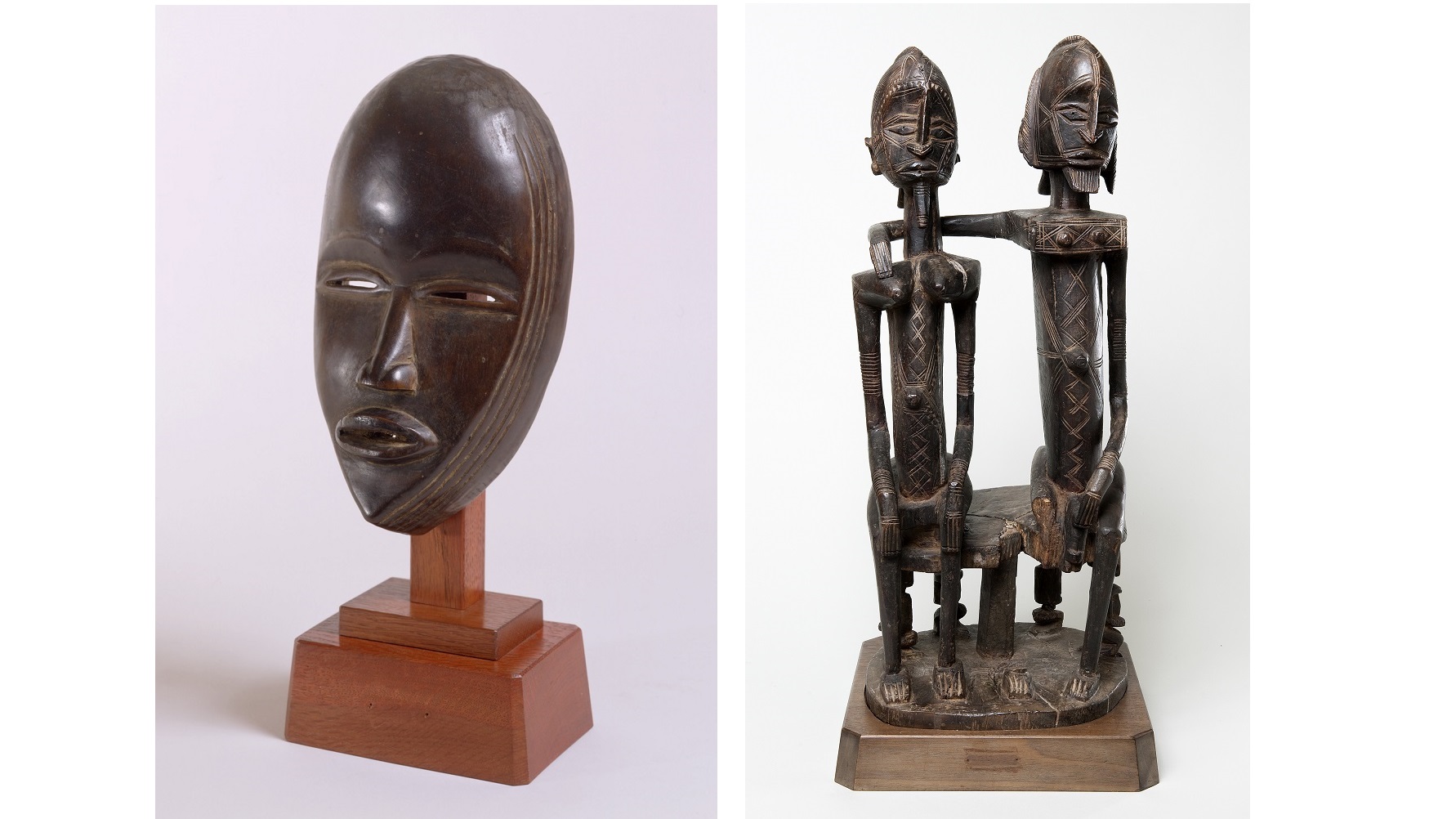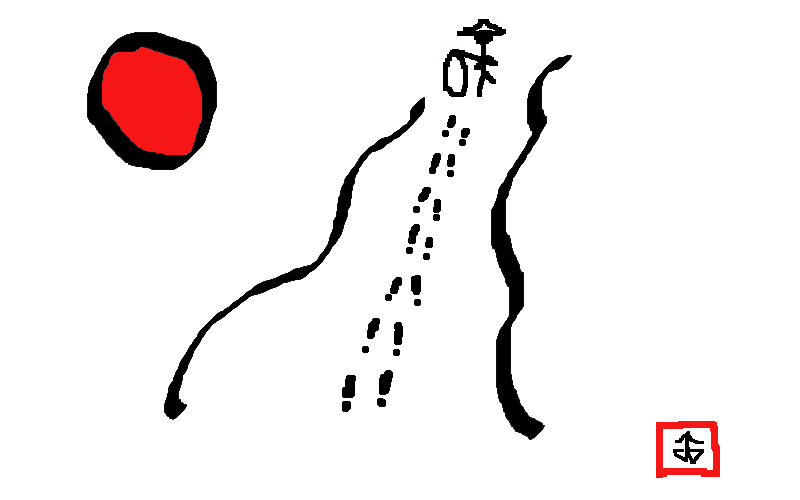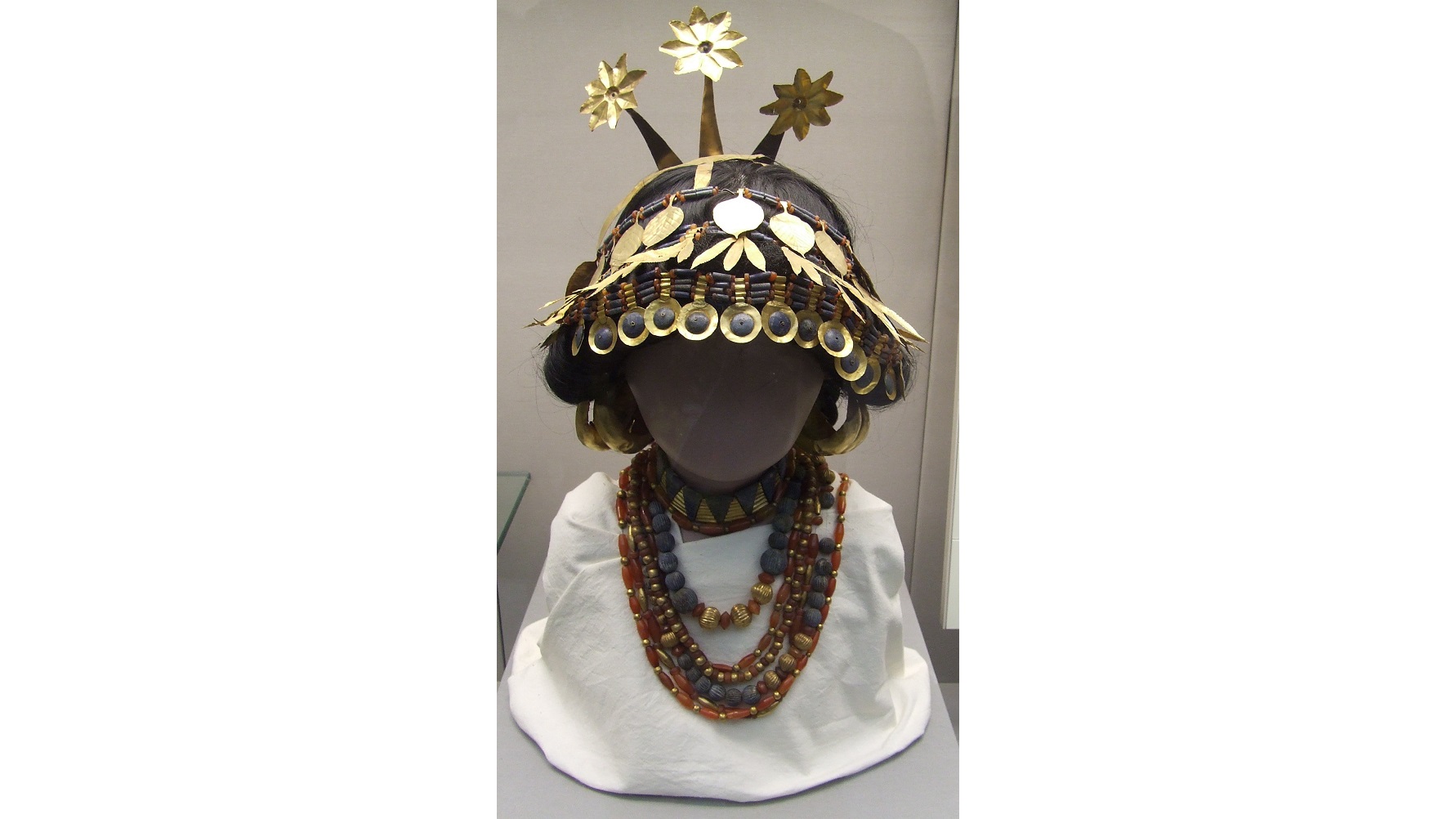Chemicals found naturally in grapes are highly effective at preventing fat buildup in the liver and encouraging the body to metabolize sugar rather than store it.
Search Results
You searched for: D A
Whether you loved the original series or never saw it, it changed our world. “An ancestor of mine maintained that when you eliminate the impossible, whatever remains, however improbable, must […]
Most people have their doctor’s ear for about 10 minutes during a routine examination. It’s vital to prepare a strategy that will get most if not all of your questions answered.
Sure, they wiped out the dinosaurs, but do they really pose a risk to humans? “The oldest and strongest emotion of mankind is fear, and the oldest and strongest kind […]
If you want to build a strong brand, you need to have loyal consumers. In order to get that, you’ll need to create something meaningful for people to associate with your logo.
The Barnes Foundation’s current exhibition, Mark Dion, Judy Pfaff, Fred Wilson: The Order of Things, epitomizes the business buzz phrase “disruptive innovation” like few other museum shows (which I wrote about here). Disrupt or die, the thinking goes. Old orders must make way for new. Coincidentally, as the Barnes Foundation, home of Dr. Albert Barnes’ meticulously and idiosyncratically ordered collection of Impressionist and Post-Impressionist masterpieces left just so since his death in 1951, invites outsider artists to question and challenge Dr. Barnes’ old order, it also publishes their own insider’s critical “warts and all” assessment of Dr. Barnes’ relationship to African art and African-Americans. In African Art in the Barnes Foundation: The Triumph of L’Art nègre and the Harlem Renaissance, scholar Christa Clarke reassesses Dr. Barnes intentions and results in his building of the first great African art collection in America. “More than just formal accents to modernist paintings and other Western art in the collection,” Clarke argues, “African art deserves to be seen as central to the aesthetic mission and progressive vision that was at the very heart of the Barnes Foundation.”
Is innovation always a good thing? In the right hands, the myriad tech innovations on the immediate horizon could help solve humanity’s most pressing problems. In the wrong hands, change could lead to struggle.
Every occurrence is a mixed bag of good and bad, pleasure and pain.
It’s subtle and pernicious as hell how this happens. How we transform something that’s supposed to make us more open and balanced into a shiny new prison of things, jargon, and obligations.
Here’s a fun thought experiment: What would happen if Earth stopped spinning around the sun? Aatish Bhatia from Wired writes on the repercussions as we finish another revolution.
Researchers at Chongqing University in China have created an ultra-sensitive device capable of detecting volatile organic compounds in people’s breath that may indicate the presence of cancer.
Many people, including a majority of school teachers, harbor important false beliefs about the brain. Are you one of them?
In this 4-part Big Think Mentor workshop Stewart D. Friedman teaches us the skills we need to harmoniously integrate work and life. In this lesson Friedman introduces us to the […]
▸
with
Could a strong enough tether save you? Or is your fate inevitable? “Nobody ever did, or ever will, escape the consequences of his choices.”–Alfred A. Montapert Everyone is free to […]
Moral sciences are back. Natural laws of ethics, envisioned early in the Enlightenment, can now be objectively studied. Game Theory is reteaching scientists and “rationalists” old wisdoms, while suggesting a “Golden Punishment Rule,” and a Naturalistic Fallacy reform (via “negative telos”).
“If you draw something, I will add to it.” The red pen never felt so good. “Art is the only serious thing in the world. And the artist is the […]
Grizzly bears in Yellowstone National Park are rising almost a month ahead of schedule, though it’s uncertain if this case should be listed as an effect of climate change or an anomaly.
Either there’s an unseen source of mass, or the laws of gravity are wrong. But only one can explain what we see. “The discrepancy between what was expected and what […]
It may sound crazy, but a lot of the skills and values necessary to launch a successful startup are similar to those that embody punk rock.
Why “letting there be light” in the Universe isn’t enough. “Dwell on the beauty of life. Watch the stars, and see yourself running with them.” –Marcus Aurelius I want you […]
Some health advocates believe the public would eat healthier if they were informed just how much they’d have to exercise to work off a bowl of sugary cereal or a liter of cola.
In the age of Tinder, it can be deceptively easy to spend a boatload on going on dates. Instead, try the more casual route. It doesn’t need to be expensive; just well thought-out.
What the first American woman in space meant for people everywhere. “Each generation goes further than the generation preceding it because it stands on the shoulders of that generation. You […]
Legendary college basketball coach Dean Smith died last week at the age of 83. Former NBA player Shane Battier, who was recruited by Smith, but eventually settled on a rival school, recounts his memories of the man.
It’s a choice you re-make every day, and — just like love — you can’t fake it. “Be miserable. Or motivate yourself. Whatever has to be done, it’s always your choice.” –Wayne Dyer I […]
The first woman to head a major North American pro sports union has made several major splashes in her first seven months on the job while exuding confidence every step of the way.
When British archaeologist Leonard Woolley discovered in December 1927 the tomb of Puabi, the queen/priestess of the Sumerian city of Ur during the First Dynasty of Ur more than 4,000 years ago, the story rivaled that of Howard Carter’s discovery of Tutankhamun’s tomb in Egypt just five years earlier. “Magnificent with jewels,” as Woolley described it, Puabi’s tomb contained the bodies of dozens of attendants killed to accompany her in the afterlife — the ideal material for a headline-grabbing PR campaign that momentarily shouldered Tut out of the spotlight. A new exhibit at New York’s The Institute for the Study of the Ancient World titled From Ancient to Modern: Archaeology and Aesthetics puts Puabi back in the spotlight to examine how archaeology and aesthetics intersected, transforming ancient art into modern and making modern art strive to be ancient.
Were it not for the vitamins added to our food, the famously unhealthy American diet would be more difficult to sustain — perhaps forcing us to eat healthier, fresher foods.
Vivek Wadhwa explains why he’s both optimistic and pessimistic about the inevitable change that will come about by way of technological advancement.
▸
8 min
—
with
How does someone’s facial features influence how we view their decisions? The truth is if we think someone has a trustworthy face, we’re less likely to contradict their decisions.





















